The AMD Ryzen 7: plenty of power, but underwhelming gaming performance
Great for video editors, not so great for gamers.
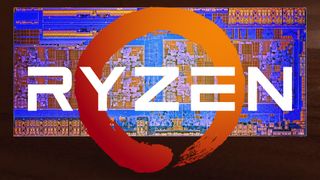
The last truly ground up new CPU architecture to come out of AMD was Bulldozer, launched back in 2011. Since then AMD has been iterating on Bulldozer in various forms, with limited success. The cold hard truth is that AMD's CPUs have been trailing Intel's performance ever since Core 2 Duo came out in 2007, sometimes by huge margins. The Bulldozer, Piledriver, Steamroller, and Excavator architectures never came close to closing the gap, at best winning a few isolated benchmarks. Ryzen resets the expectations and performance for AMD's processor division, delivering a CPU that no longer has to apologize for its mediocre performance and high power requirements by giving customers a budget price.
Five years is a virtual eternity in the world of computer hardware. The best graphics cards from that generation are the GeForce GTX 680 or Radeon HD 7970, and today's best GPUs are about 3-4 times faster than those. Progress in the CPU realm is far slower than GPUs, but it certainly hasn't been standing still. Intel's best chips in 2012 were 6-core Sandy Bridge-E models, or on the mainstream platform the i7-3770K. Our modern i7-7700K is about 50 percent faster in potential performance compared to the i7-3770K, which was already faster than AMD's FX-8350. AMD needs Ryzen to succeed, and it's gunning for Intel's most lucrative Core i7 models with the initial salvo of Ryzen 7 processors.

At launch, AMD has three Ryzen 7 parts, the 1800X, 1700X, and 1700. Nearly all aspects of the three chips are the same, other than clockspeed, with two minor exceptions. First, the two 'X' processors apparently have improved support for AMD's XFR, Extended Frequency Range. This allows the chips to exceed the maximum turbo clock in some cases, though it appears to be limited to 100MHz right now—and really, I'm not sure the 1700 is any different in this regard, as it seemed to clock slightly above the rated specs at times during testing. Second, the 1700 has a 65W TDP compared to 95W for the other two chips.
The important thing is that all three chips use the same 8-core/16-thread design, with 16MB L3 cache and all the other goodies. Also note that the chips are multiplier unlocked, which also allows for a higher TDP, so other than binning there's no reason to expect the 1800X to overclock substantially better than the 1700. I'll see if that's true later in this review.
For the past few months, AMD has been dropping hints of Ryzen's performance, pitting the 1800X against Intel's i7-6900K, the 1700X against the i7-6800K, and the 1700 against the i7-7700K. Manufacturer provided benchmarks aren't usually the most trustworthy of sources, as it's rare to see tests where the chips lose, and everyone wants to know if the early test results are indicative of real-world performance. Today I can finally provide independent performance results.
For those who want to skip straight to the chase, a full suite of benchmark results including all three Ryzen processors starts on page three. In-depth overclocking results are on page six. But to understand where Ryzen succeeds and where it comes up short, I need to spend some time digging into the architecture, which is what I'll do on page two.
The biggest gaming news, reviews and hardware deals
Keep up to date with the most important stories and the best deals, as picked by the PC Gamer team.
Jarred's love of computers dates back to the dark ages when his dad brought home a DOS 2.3 PC and he left his C-64 behind. He eventually built his first custom PC in 1990 with a 286 12MHz, only to discover it was already woefully outdated when Wing Commander was released a few months later. He holds a BS in Computer Science from Brigham Young University and has been working as a tech journalist since 2004, writing for AnandTech, Maximum PC, and PC Gamer. From the first S3 Virge '3D decelerators' to today's GPUs, Jarred keeps up with all the latest graphics trends and is the one to ask about game performance.

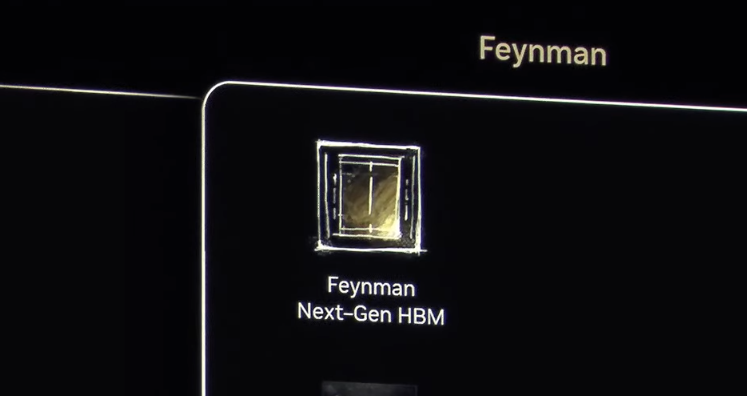
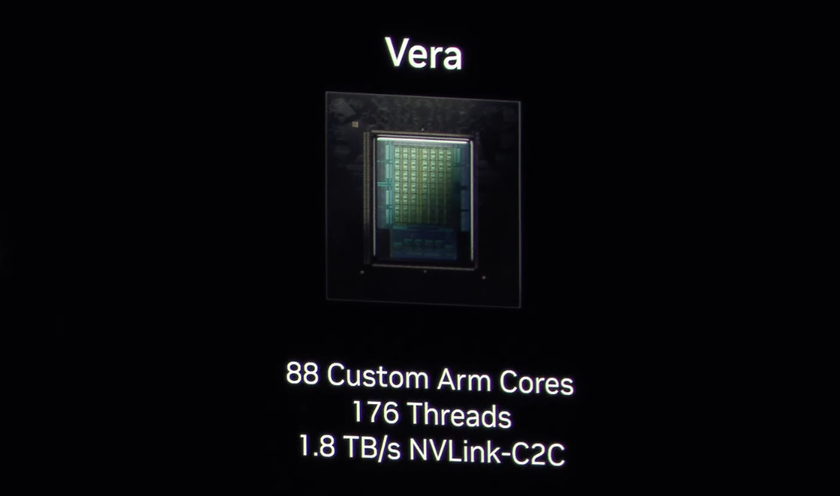
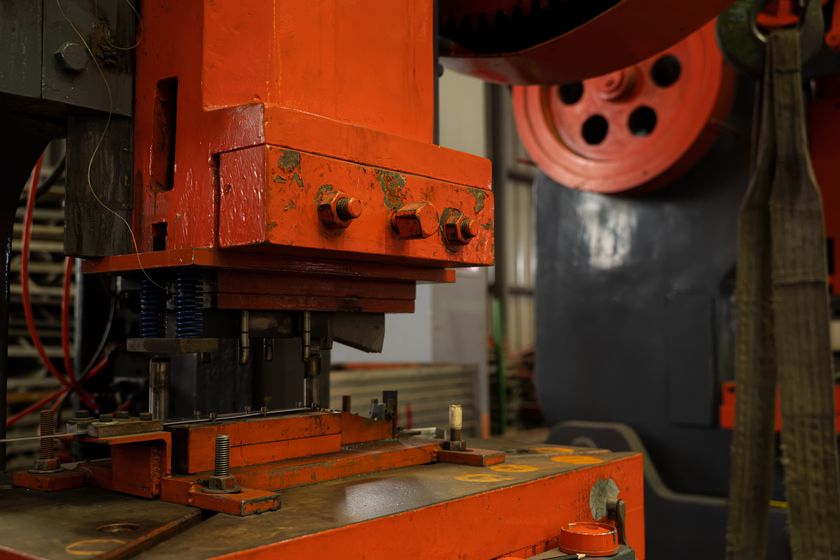

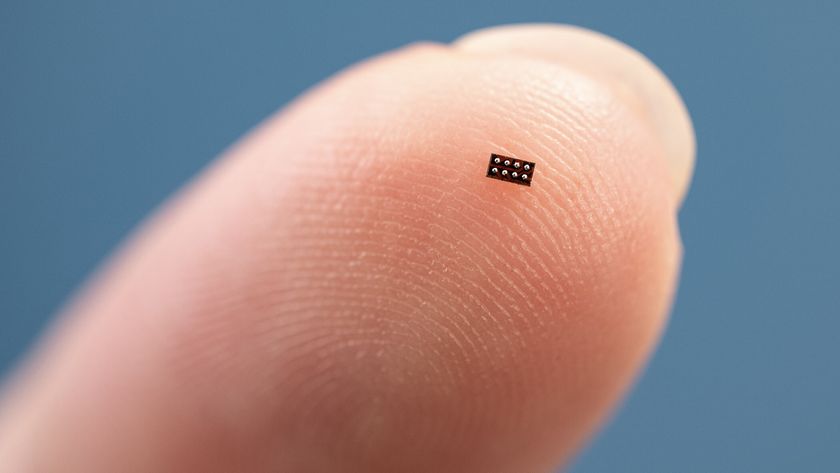







'There might be a party. I wasn't invited,' says Jensen Huang of the rumoured TSMC proposal to join forces and run Intel's chip fabs
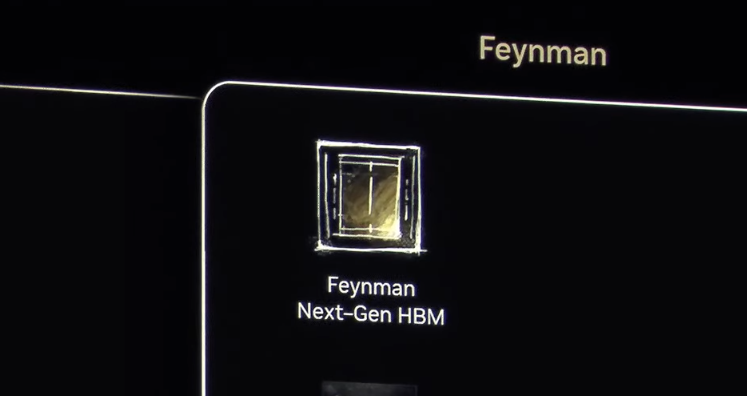
While we despair of RTX 50-series supplies and wait on next-gen Rubin, Nvidia reveals its next-next GPU architecture will be known as Feynman and is due in 2028




